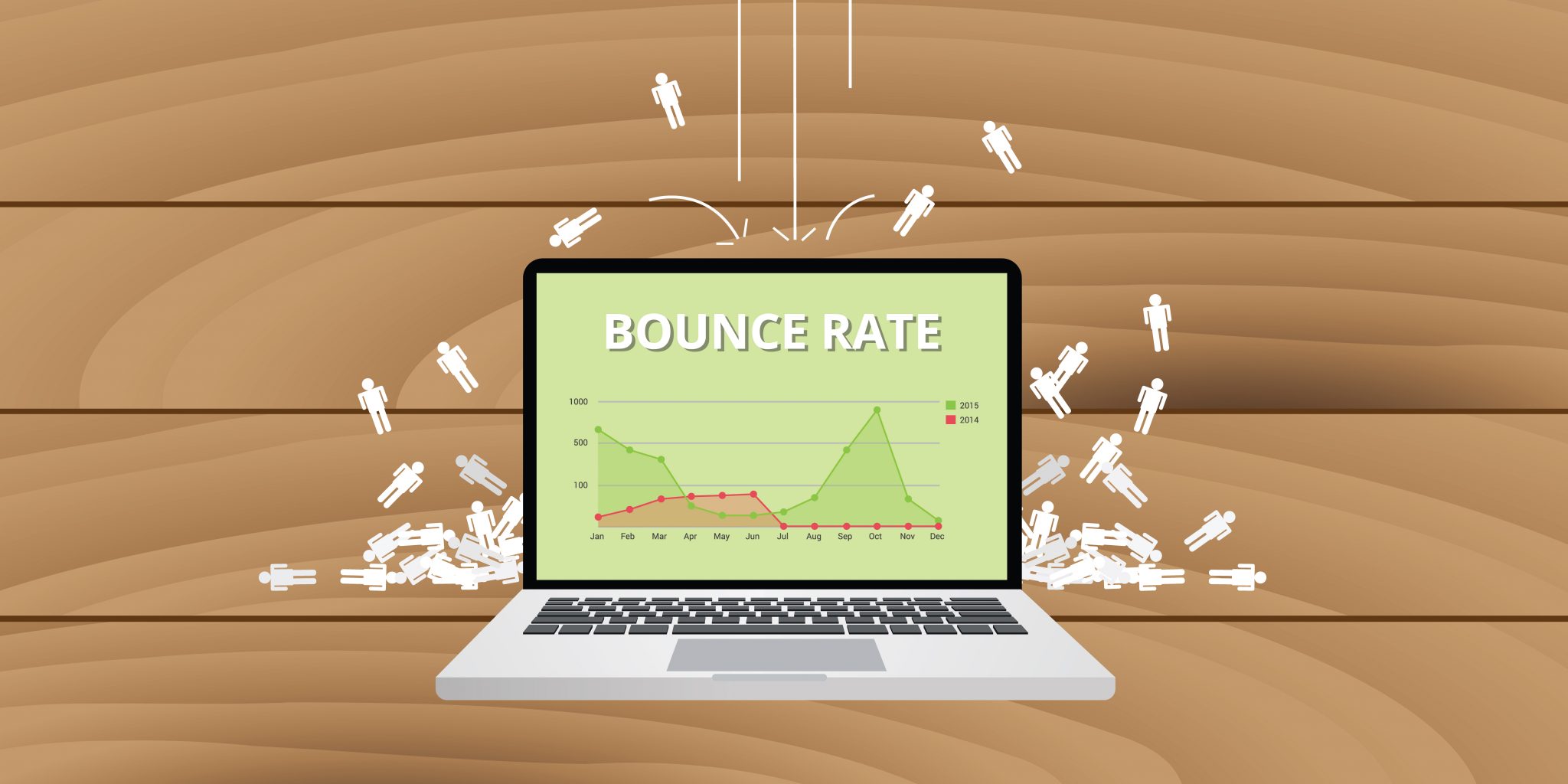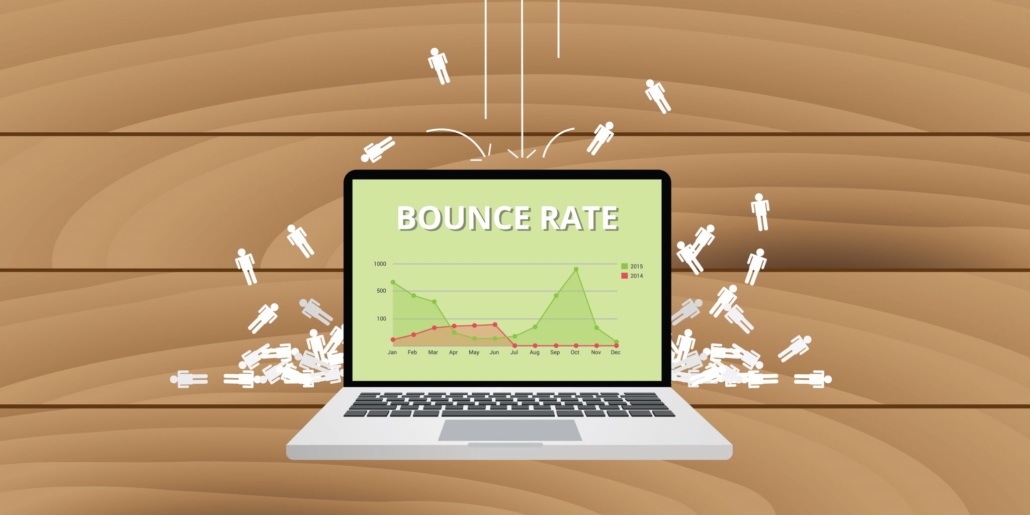The importance of having a solid email marketing strategy in your digital marketing plan cannot be overstated. Even more important is keeping a regular check on your email marketing metrics. According to a report by CampaignMonitor, Email Marketing is the king of marketing, with a 4400% ROI and 44$ for every 1$ spent.

There are several reasons why email marketing is such an effective marketing strategy. One of such reasons being that it gives you the opportunity to speak directly to your customers in their inboxes, whenever it is convenient for them. This will allow you to nurture a relationship with them to enable you to accomplish business goals. Also, emails can be customized to suit the persona of your customers.
But how can you measure the performance of your email marketing strategies? This is where email marketing metrics come in. These stats can help you analyze the effectiveness of your email campaign to avoid excessive spending or becoming overwhelmed by email services.
7 Important Email Marketing Metrics
Now that we have established its importance, let’s discuss some key email marketing metrics that every result-driven marketer should track. And, also the importance of those metrics in the success of the overall marketing campaign.

1. Open Rate
The open rate is the percentage of subscribers who opened your emails. This is a vital metric in email marketing because your emails are of no use if your customers do not even open and read them. It can give you an insight into the days and times of the day when subscribers open your emails the most. Also, the type of subject lines that prompts your customers to open your email and the percentage of customers on your subscriber’s list that is receptive to your emails.
Studies show that subject lines that include the recipient’s first name or make use of action verbs are more likely to be opened than others. The average open rate should be between 15-20%. Thus, if your email campaign yields an open rate figure in this range, then you are on the right path.
2. Click-Through Rate
The click-through rate assesses the percentage of email recipients who clicked on and opened one or more links in your email. Even if your open rate is high, your email campaign will only be deemed a success if there is a conversion. This could only happen by clicking the CTA or links to offers.
This is why CTR is a key metric to measure. To ensure that your subscribers interact with the links in your emails, make sure the anchor text (call to action) is conspicuous and catchy. Also, place the link in a location that will be easily visible to the recipient.
3. Conversion Rate
The conversion rate measures the number of people who completed a particular action after they must have clicked on a link in any given email. The action could be to fill a form, make a purchase, download an offer, etc. Basically, this metric measures the success of your click-through rate.
The conversion rate is an important stat because it gives digital marketers insight into how effective their marketing strategy is in converting subscribers to customers. This will help you determine whether or not your investment in the email campaigns is actually successful.
4. Bounce Rate
The bounce rate is simply the number of emails which are rejected by the server. Bounced emails do not get to the subscriber as the email marketing provider can’t deliver them to the particular addresses. Soft bounces are used to refer to a temporary problem with the recipient email address like in a case where the mailbox is full while hard bounces are for permanent problems with an email address, like in cases where the address is a fake one.

This metric is important as it can help you determine the deliverability of your emails. Because if most of your subscribers are not getting your emails delivered to them in the first place, then how can the email marketing even work? If your percentage of bounced emails is high, it could be because you have a lot of incorrect or non-existent email addresses in your subscriber’s list.
To reduce the number of fake addresses in your mailing list, you can use the double-opt-in method. This requires subscribers to verify their address and click on a link from a mail which will be sent to the email address they inputted to confirm that they want to receive emails from you.
5. Complaint Rate
If an email recipient marks an email as spam, the server registers that as a complaint. Now, the complaint rate is the percentage of spam complaint your emails received from the total number that was sent out. The spam complaint rate is a crucial and delicate stat because if it gets too high, your email service provider may block your account or take disciplinary action against you.
Thus, as discouraging as spam complaints can be, it is a metric that must be tracked to ensure that your emails are appropriate. To ensure that your recipients do not mark your emails as spam, ensure that your customers want to receive your emails. Do not try to trick them into signing up to your subscriber’s list, send only relevant emails and lastly do not spam their inbox with emails.
6. Unsubscribe Rate
This email marketing metric assesses the percentage of email recipients who unsubscribed from your mailing list by clicking the “unsubscribe” link. The unsubscribe rate will give you an insight into the type of emails your subscribers do not like; whether it is the frequency, content or offers.
While unsubscriptions can be disappointing, it can help you fine-tune your email subscription list so that you can at least be certain the people still on your list are people who do not mind receiving emails from your brand.
7. Forward and Share Rate
The email forward/share rate is a measure of the number of email recipients who clicked on a “forward to a friend” button to send it to their friends or the “share this” button to post the content of the email to a social media platform.
Your sharing and forwarding rate is significant in your email campaign because this is one way your brand can generate new leads and new contacts to grow the mailing list. This metric can also help you determine the type of content that tends to get a lot of shares so you can use that insight for future email marketing campaigns.
Conclusion
Email campaign metrics are important stats that you need to measure and evaluate regularly to help you know the success of your email campaigns. In addition to letting you know when things are progressing and when strategies may need to be changed, the stats can also give you an insight into consumer behavior.
You can use this information to make improvements to your message and strategy for the best results. If you do not always meet your marketing goals, these email marketing metrics can put you in the right direction.
To measure the success of your campaigns, you need a good email marketing software. Like LeadSquared! Why don’t you take a quick trial and see for yourself?








![[Webinar] Maximizing ROI with WhatsApp CRM](https://www.leadsquared.com/wp-content/uploads/2024/07/Maximizing-ROI-with-WhatsApp-CRM-webinar-popup.gif)